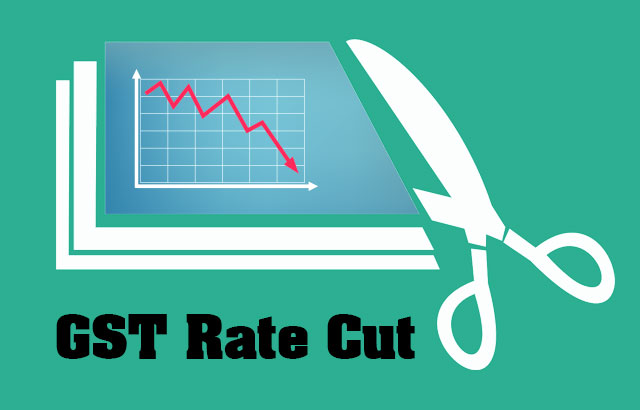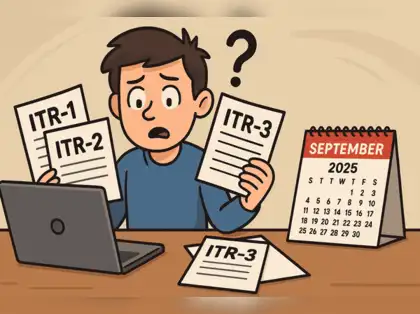Despite the US economy avoiding a recession in 2023, recent reports from major retailers paint a different picture. These companies, often considered bellwethers of consumer sentiment, are warning of a potential slowdown in spending this year. This cautious outlook comes despite continued consumer spending in the latter half of 2023, which defied expectations amidst rising interest rates and inflation.
Economic Resiliency with Uncertainties
While the US economy avoided a recession in 2023, the contributing factors paint a complex picture. The second estimate for the fourth quarter of 2023 revealed a solid 3.2% annual growth in Gross Domestic Product (GDP), driven primarily by consumer spending. However, this spending comes against a backdrop of rising interest rates and inflation, which are starting to impact household budgets.
Retail Giants Anticipate Cautious Consumers
Several major retailers have recently released reports indicating a potential shift in consumer behavior:
- Lowe’s: The home improvement giant projected total sales of $84 billion to $85 billion for 2024, lower than their 2023 figures. CEO Marvin Ellison cited potential interest rate cuts and slowing inflation as uncertainties, but expressed an expectation of “under pressure” DIY demand.
- Macy’s: The department store chain anticipates net sales between $22.2 billion and $22.9 billion for the current fiscal year, down from 2023. They also announced plans to close 150 underperforming stores, aiming to attract wealthier customers amidst a shrinking middle-class customer base. CEO Tony Spring acknowledged continued pressure on consumers due to inflation and stagnant wage growth.
- Best Buy: The electronics retailer projected revenue between $41.3 billion and $42.6 billion for the 2025 fiscal year, down from 2024. CEO Corie Barry highlighted several challenges, including prioritization of essential spending by consumers, a shift towards experiences over goods, and a stagnant housing market.
These cautious outlooks from major retailers suggest that consumers may be starting to tighten their belts, potentially impacting various sectors of the economy.
A Counterpoint: India’s Robust Growth
While the US retail sector anticipates a potential slowdown, India’s economy presents a contrasting picture. The world’s fastest-growing major economy experienced a surge of 8.4% in GDP during the final quarter of 2023 compared to the previous year, exceeding analyst expectations. This strong performance further bolsters optimism for India’s economic future, with predictions of a 50% increase in the ultra-wealthy population by 2028, the highest globally.
Rising Mortgage Rates: Another Headwind for Consumers
Adding to the potential slowdown concerns, mortgage rates in the US have climbed for the fourth consecutive week, inching closer to 7% as the peak homebuying season approaches. This rise, following a period of slight decline, could further dampen homebuyer sentiment and limit affordability in an already challenging market.
Conclusion: A Cautious Outlook for Retail Spending
While the US economy avoided recession in 2023, the warnings from major retailers and rising mortgage rates paint a picture of potential caution among consumers in 2024. This cautiousness, coupled with ongoing economic uncertainties, could lead to a slowdown in retail spending across various sectors. However, contrasting this outlook is the robust growth observed in India’s economy, highlighting the diverse economic landscapes around the world.




